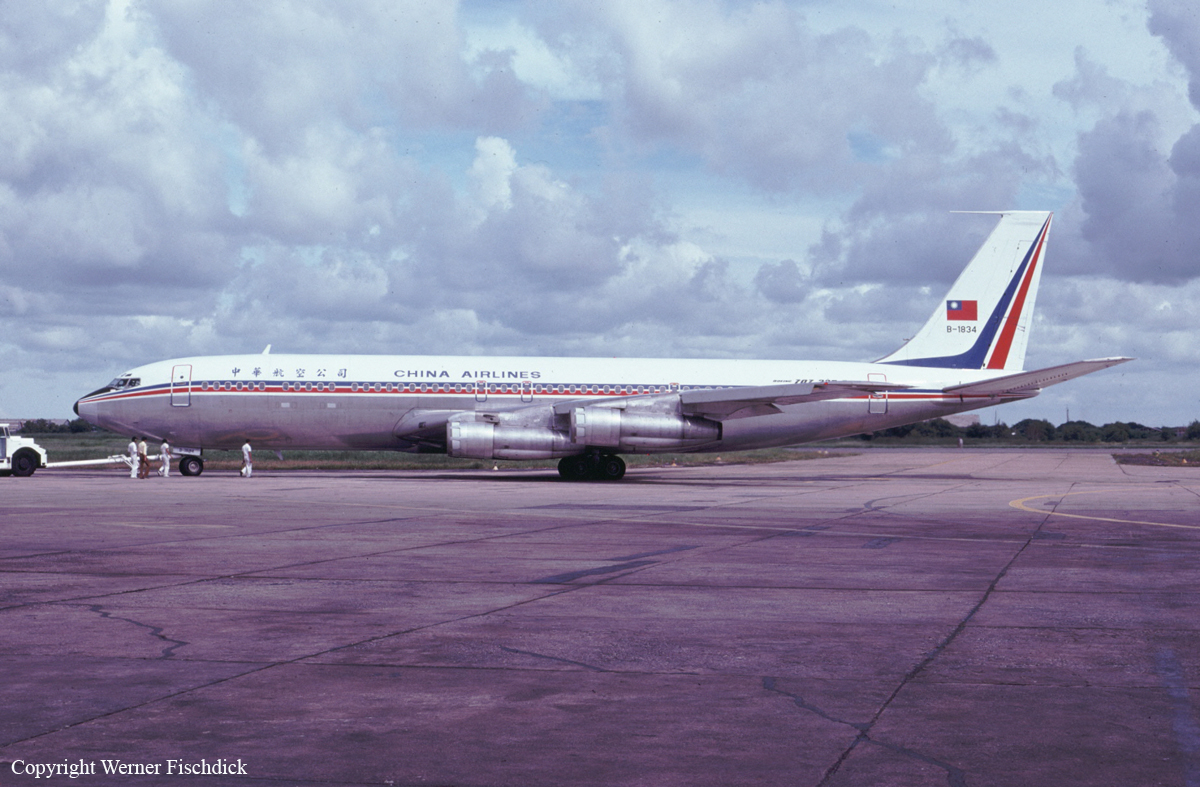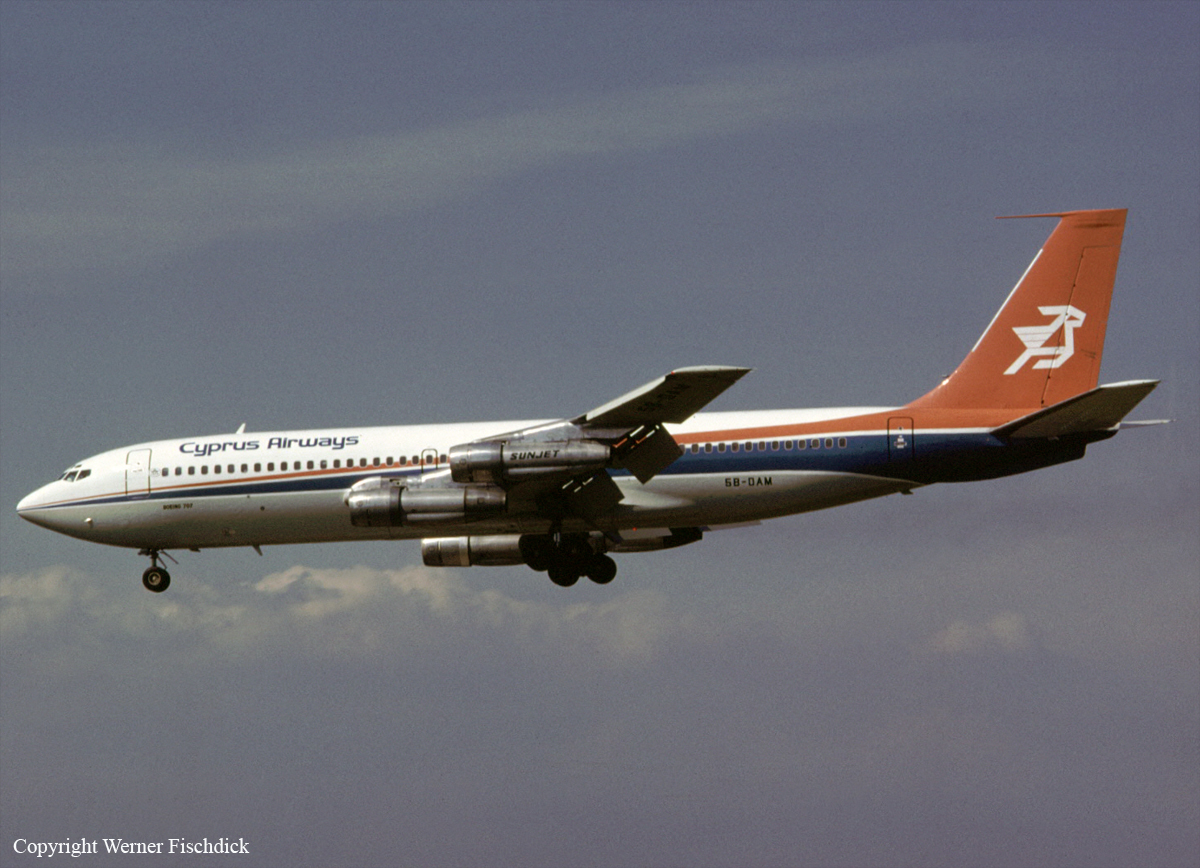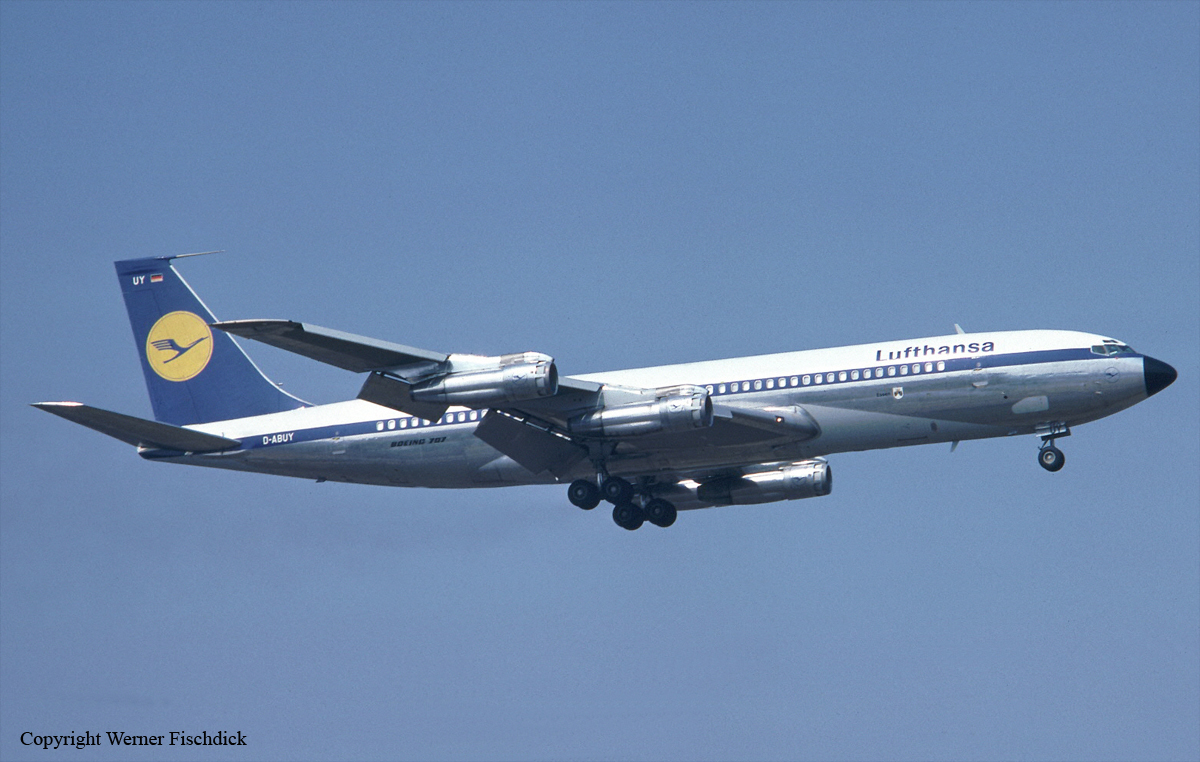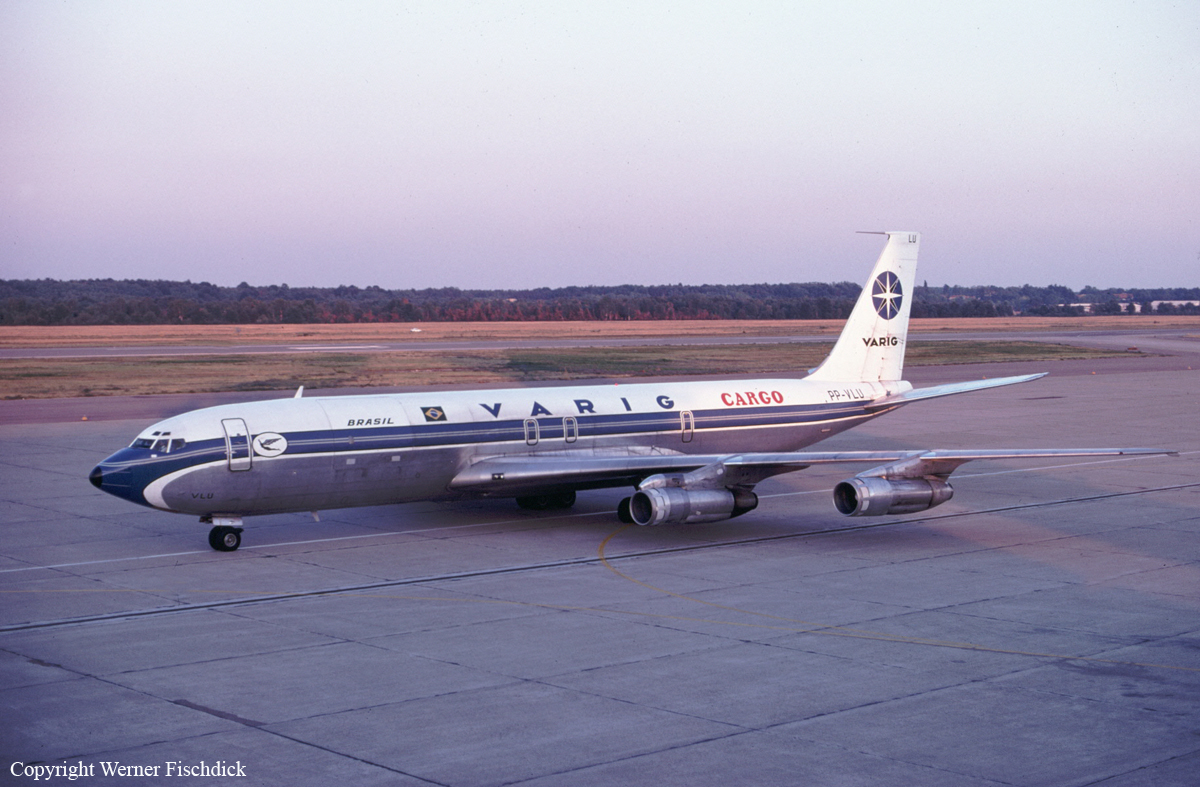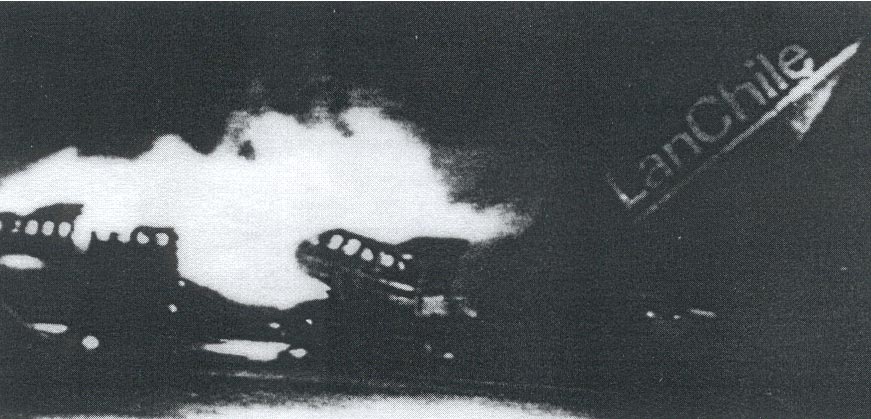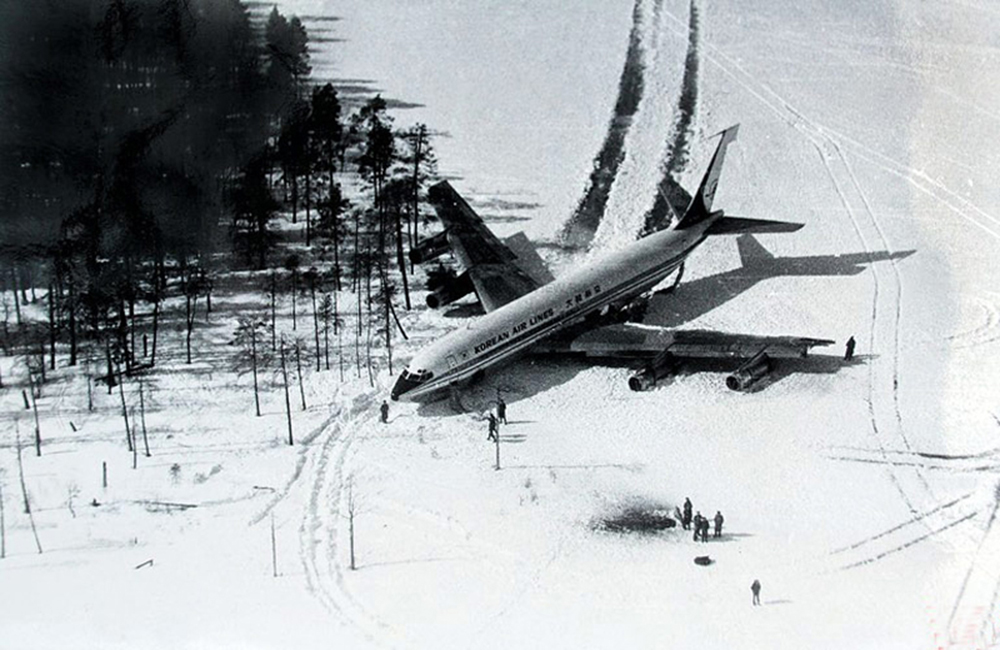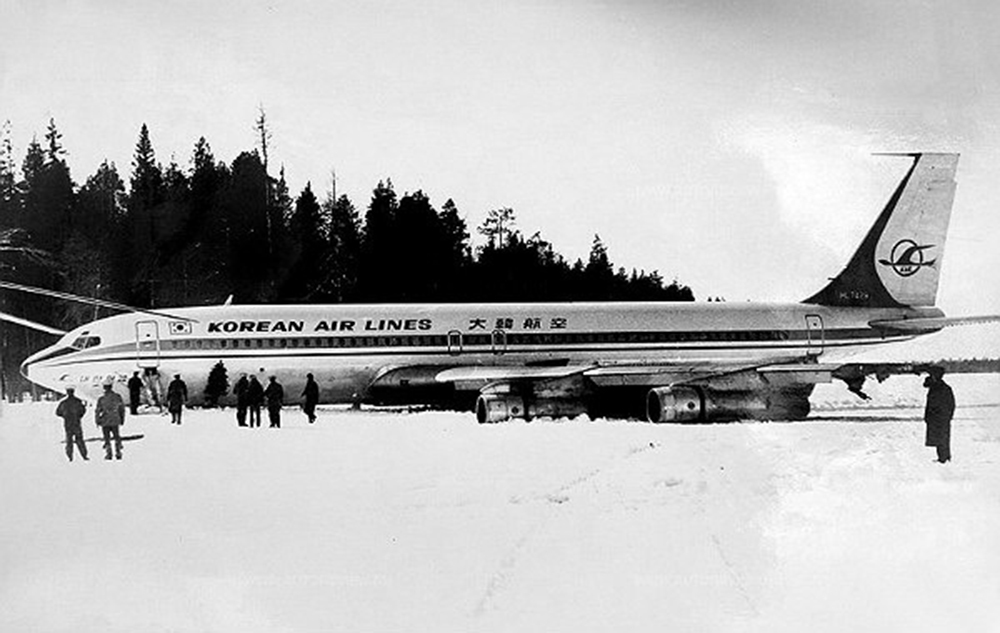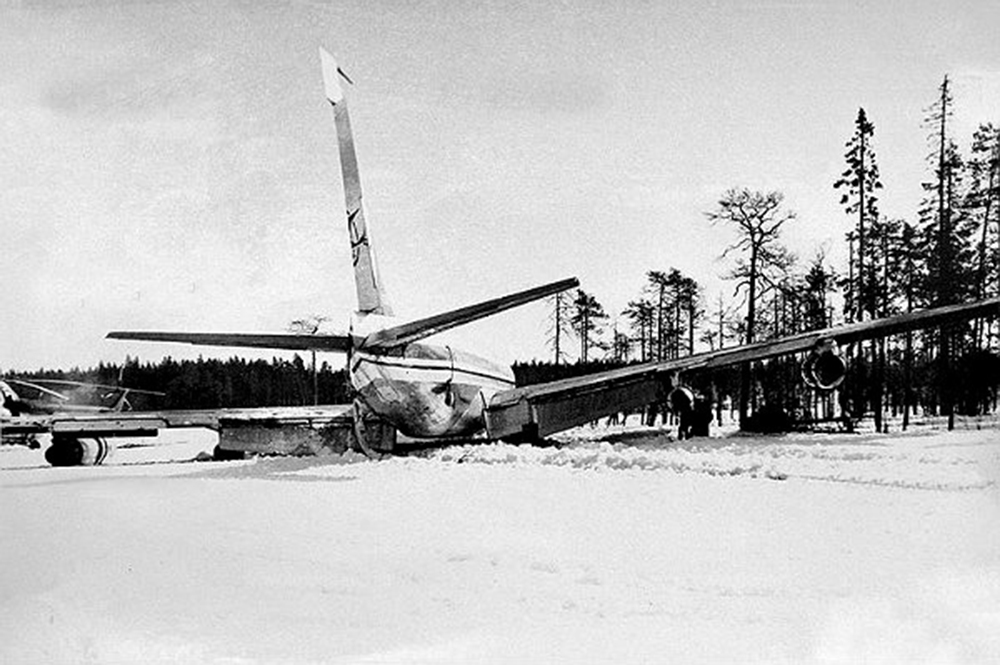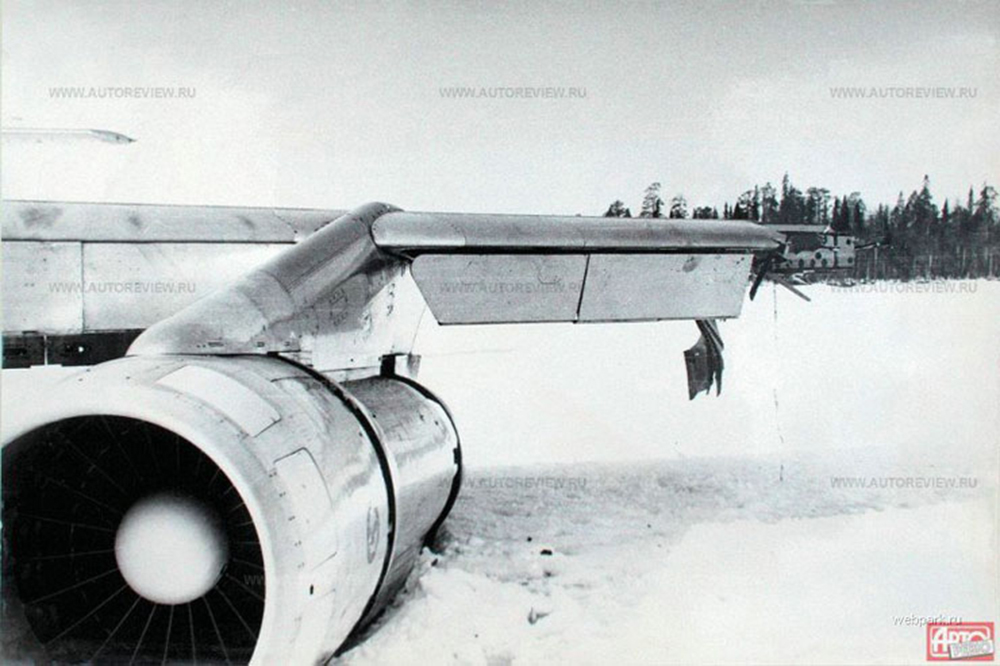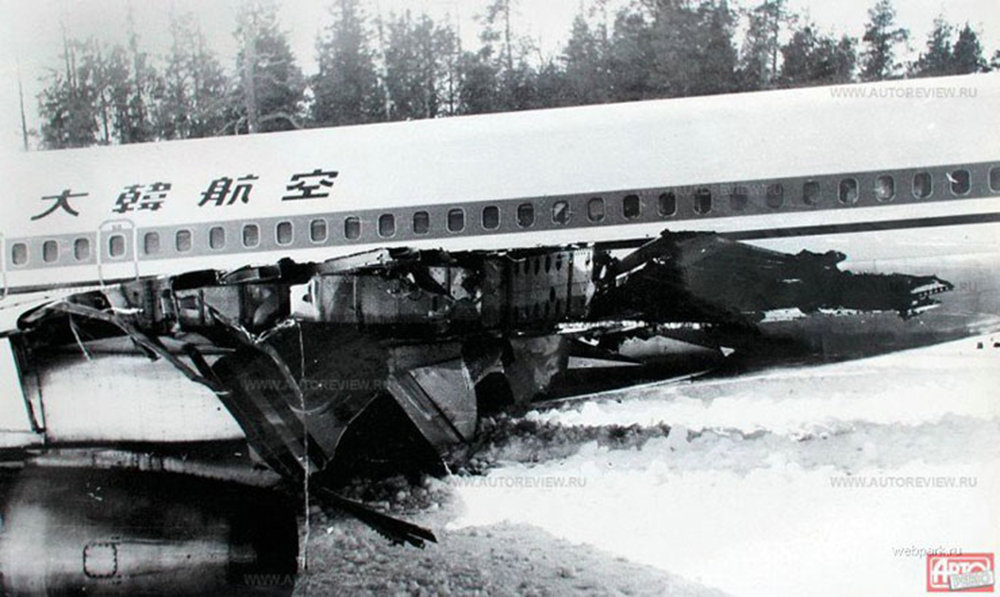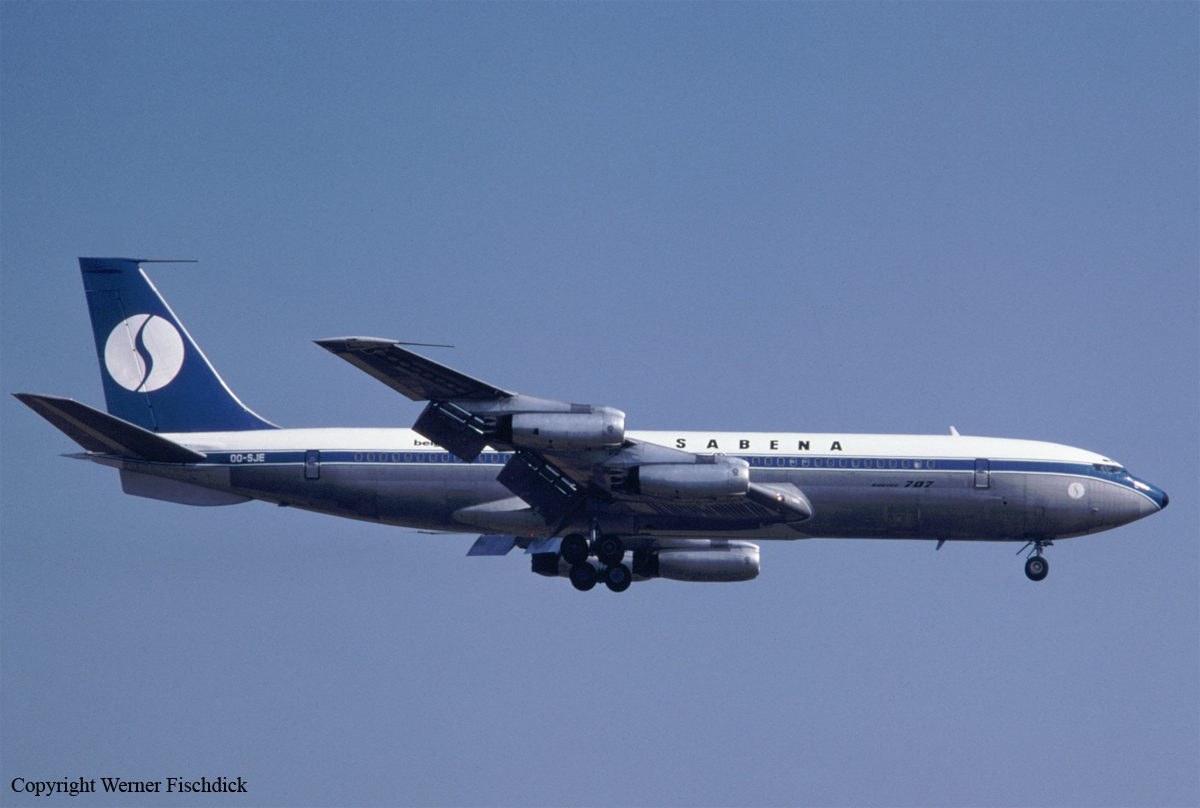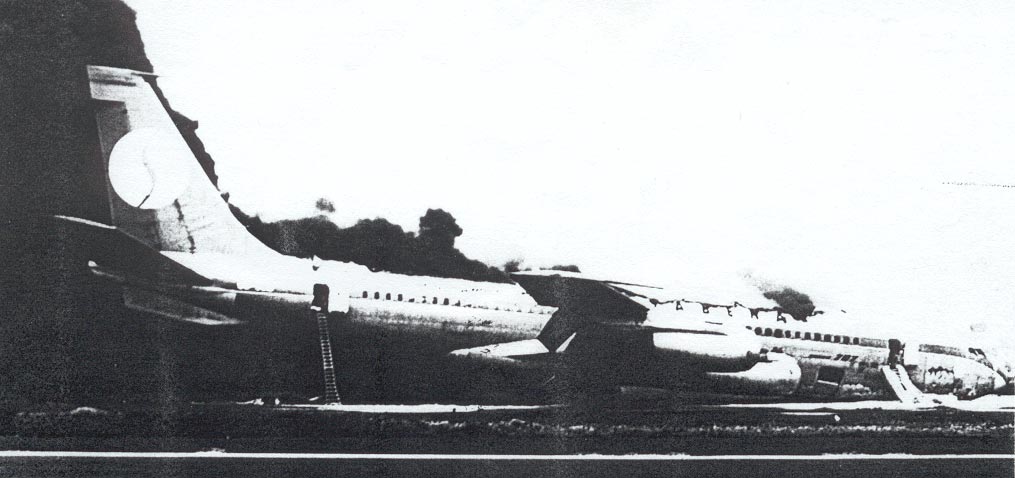Crash of a Boeing 707-324C off Taipei: 6 killed
Date & Time:
Sep 11, 1979
Registration:
B-1834
Survivors:
No
Schedule:
Taipei - Taipei
MSN:
18887/431
YOM:
1965
Crew on board:
6
Crew fatalities:
Pax on board:
0
Pax fatalities:
Other fatalities:
Total fatalities:
6
Circumstances:
The crew departed Taipei-Chiang Kai-shek Airport for a local training mission. During initial climb, the four engine airplane went out of control and crashed into the sea few hundred meters offshore. The aircraft was destroyed and all six crew members were killed.
